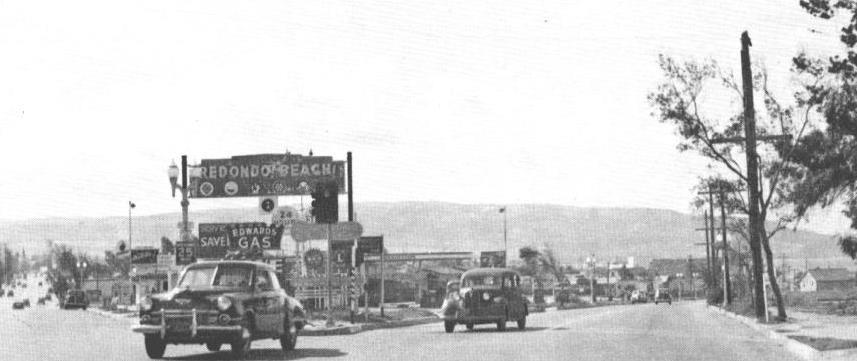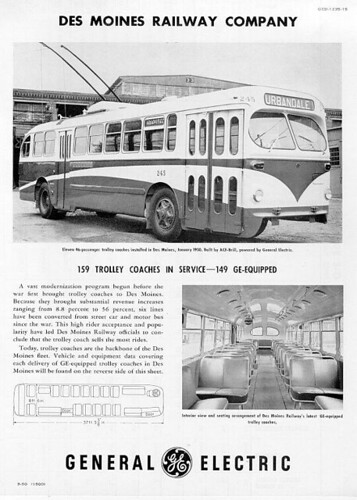BinkieBaumont
Rude Once Too Often
- Messages
- 3,324
I have just watched the 1940's movie "possessed" it shows an LA street scape with trams/trolley cars, and lovely old Deco buildings, is it still there?
 John Lofgren Monkey Boots Shinki Horsebuttt - $1,136 The classic monkey boot silhouette in an incredibly rich Shinki russet horse leather.
John Lofgren Monkey Boots Shinki Horsebuttt - $1,136 The classic monkey boot silhouette in an incredibly rich Shinki russet horse leather.  Grant Stone Diesel Boot Dark Olive Chromexcel - $395 Goodyear welted, Horween Chromexcel, classic good looks.
Grant Stone Diesel Boot Dark Olive Chromexcel - $395 Goodyear welted, Horween Chromexcel, classic good looks.  Schott 568 Vandals Jacket - $1,250 The classic Perfecto motorcycle jacket, in a very special limited-edition Schott double rider style.
Schott 568 Vandals Jacket - $1,250 The classic Perfecto motorcycle jacket, in a very special limited-edition Schott double rider style. Today it is a vast urban sprawl. The Anti-New York, but just as citified, with many of the same preoccupations, urges and concerns (as well as many different ones).JennyLou said:I love LA, there is so much history. I always wished I could have been here in the 1940s. My granmother always tells me stories of how it was back then. What a difference it is today.

It was only natural, in a way. There were countless independent streetcar companies, some still running quaint 1890s wooden rolling stock. Cars stuck to the tracks couldn't maneuver around rising automobile traffic, and were limited in speed even on a clear route. And then there were the power lines, which reminded older folks of the snarl of overhead wires of the 90s. Diesel fumes and higher carbon monoxide levels must have seemed a small price to pay to that generation.dhermann1 said:The same thing happened in New York. Fiorello LaGuardia had an obsesion about getting rid of the trolleys. He, and so many others, thought they personified "old fashionedness", and wanted to completely replace them with buses.
